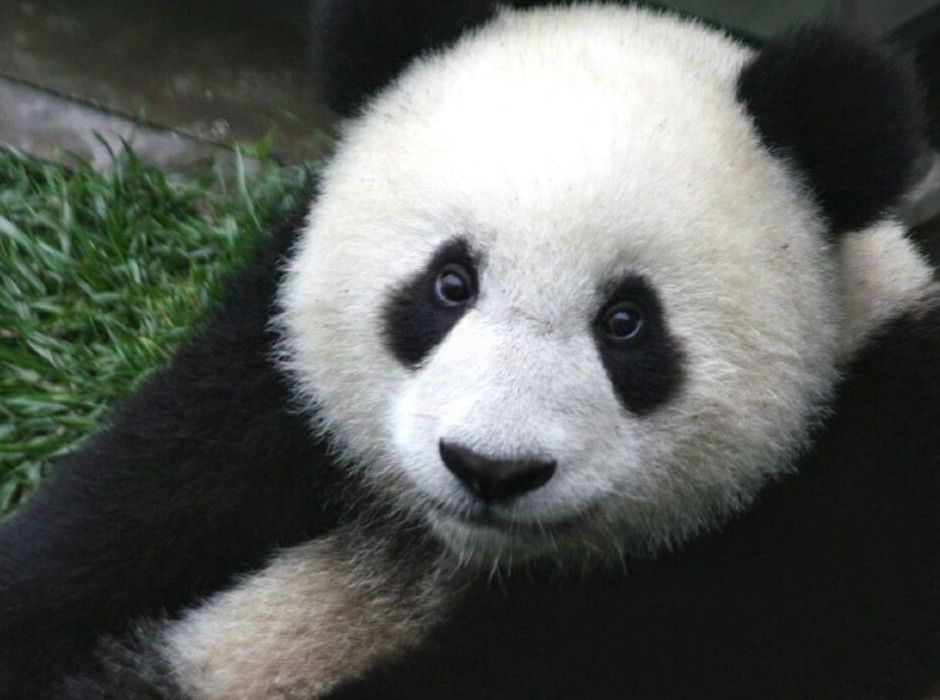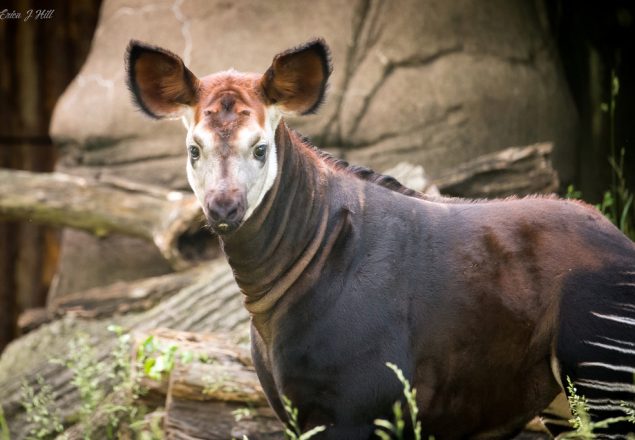People love to visit zoos because they can have real face-to-face encounters with animals that are usually only seen in remote or distant locations. Some of the rarest and most unique animals can be seen and even interacted with at the best zoos in the world.
Zoos spend a lot of time and money making sure that their animal habitats are designed with the animals in mind, and they continue to play a large role in worldwide conservation efforts. Because people are so intrigued by the exotic animals that make up our diverse planet, zoos can provide entertainment, education, and scientific solutions to save at-risk animals from the threat of extinction.
How Zoos Benefit the Public
Zoos have become more than simply a fun way to spend a day out. Now, they have a much stronger focus on animal conservation, educating their visitors about the problems facing wildlife, and doing valuable research that will go on to to improve wildlife conservation. Many animals are facing an increasing number of threats from human overpopulation, habitat destruction, pollution, and climate change, it is now increasingly common to find species in zoos that are extinct in the wild.
The modern zoo is more than just somewhere to visit. They have become a crucial resource in protecting some of the most endangered species in the world, and ongoing efforts at further improving the results provided by zoos continues to advance.
Zoos as Sanctuary
It used to be that zoos were simply somewhere that the general public could visit to see rare and exotic animals. Little thought was given to biodiversity or sustainability. Those days are long gone. As well as being entertaining and exciting places to visit, zoos are being increasingly used as a form of sanctuary. At-risk animals can be rescued much more easily now that zoos can be a safe option for sanctuary. When animals are rescued from dangerous or painful environments, they need to be rehomed somewhere they will be safe.
The Educational Value of Zoos
A visit to any zoo can be inspirational, no matter how old you are. For younger generations, in particular, a zoo visit can not only inspire them but also teach them to develop a healthier respect for the natural world. That’s why you will now see so many opportunities for learning at a modern zoo. Flashcards that give details and biological facts, handling and feeding sessions, and even lessons about wildlife threats provide a lot of value. This level of education, usually presented in a way that is both informative and entertaining, can go a long way to encourage the next generation to take better care of the planet and take active steps to alleviate animal suffering and exploitation around the world.
Raising Money
One of the key roles of zoos is conservation. Not only does a zoo provide animals with somewhere to live, but they also contribute significantly to conservation projects. The work of a zoo is invaluable because they are often the only opportunity for researchers to gain access to data from the specialist animal experts that have real experience when it comes to interacting with certain animals. In terms of financial contributions, zoos often prioritize adding more exotic and exciting animals to their ranks, simply because those are the animals that encourage more visitors. More visitors means more money for the zoo, and that means more that can be used for funding conservation projects all around the planet.
Conservation Breeding
One of the top priorities for zoos is replenishing and maintaining animal populations. One of the ways this is achieved is through conservation breeding programs. In an effort to aid animals at risk of extinction, these breeding programs have managed to help repopulate many species that may not have survived otherwise.
Augmenting the dwindling numbers of some species is a critical task, and zoos have had a variety of success when it comes to their breeding programs. Just this year, the Gulf Breeze Zoo in Florida announced the birth of twobaby reticulated giraffes, adding to the global numbers of this unique mammal. This success has shown that zoos with a stronger focus on conservation and breeding programs can make a real difference to the biodiversity of our planet.
Reintroduction Programs
An increasing number of zoos have begun to develop reintroduction programs. The black-footed ferret, Oregon spotted frog, and even the California Condor have all been reintroduced into the wild, and are now thriving in their natural habitats and with enough genetic diversity to encourage a more natural birth rate in the wild.
Field Conservation
The people that work in zoos are often the leading experts when it comes to the animals that they care for. That makes zoo staff some of the best people in the world for involvement in the conservation projects that prioritize wild species recovery. They are also often used for the diagnosis and treatment of illnesses that affect wild animals. Zoo workers are one of the first lines of defense for the wild animals of the world, and their work continues to be largely unappreciated by the general public. As zoos continue to thrive, this focus on field conservation is set to become a key role for the future of zoos and those that work in them.
Zoos are proving to be a vital resource in the protection and stabilization of biodiversity. Humans and animals alike face increasing threats from the environment. Zoos could become something that we all start to rely on more than ever if we hope to create a world that is as packed with the exotic, the weird, and wonderful as it is right now.


